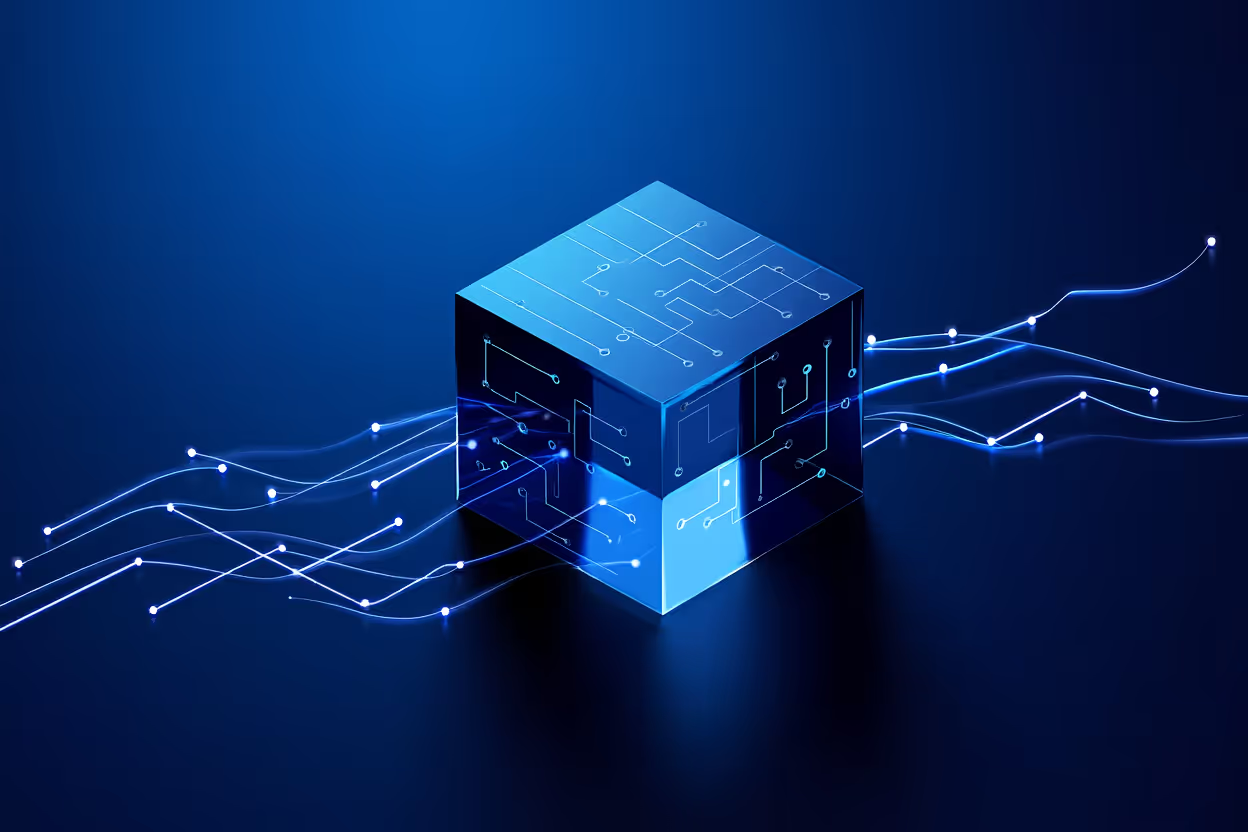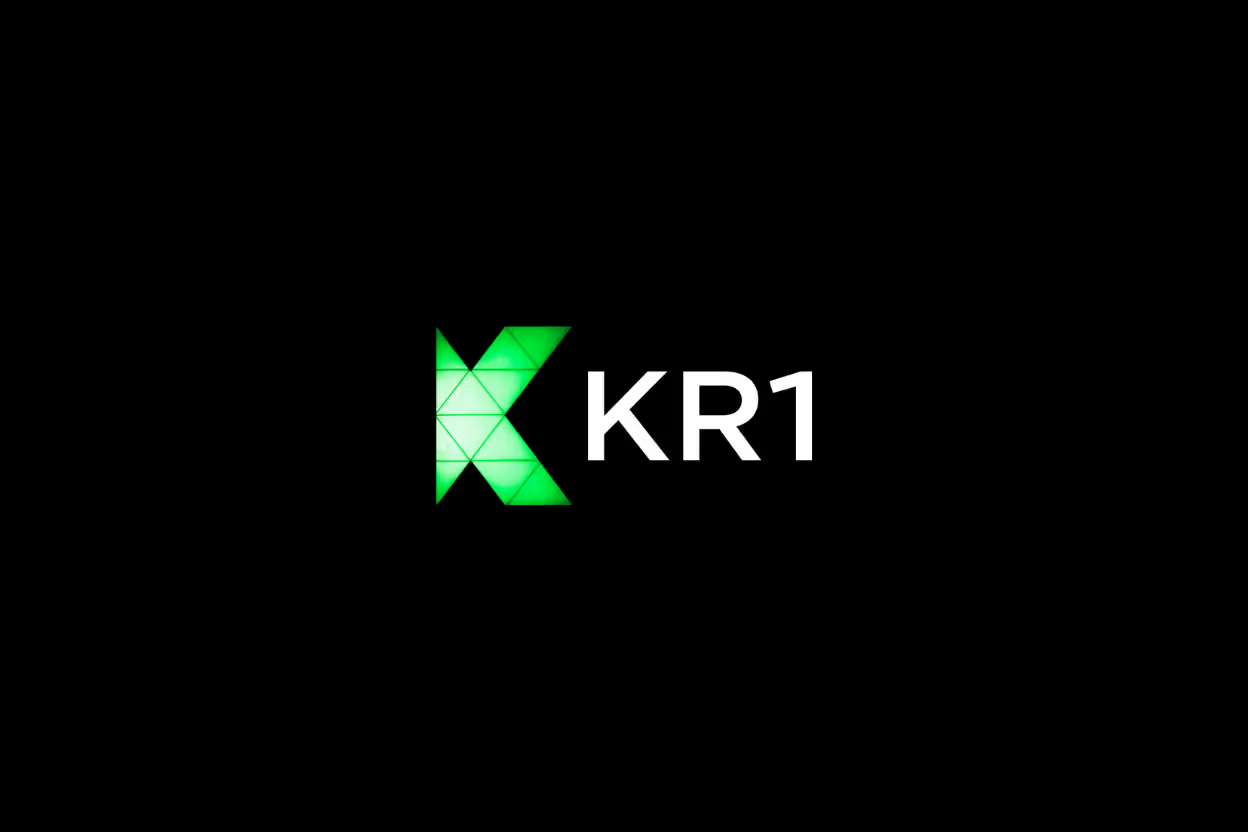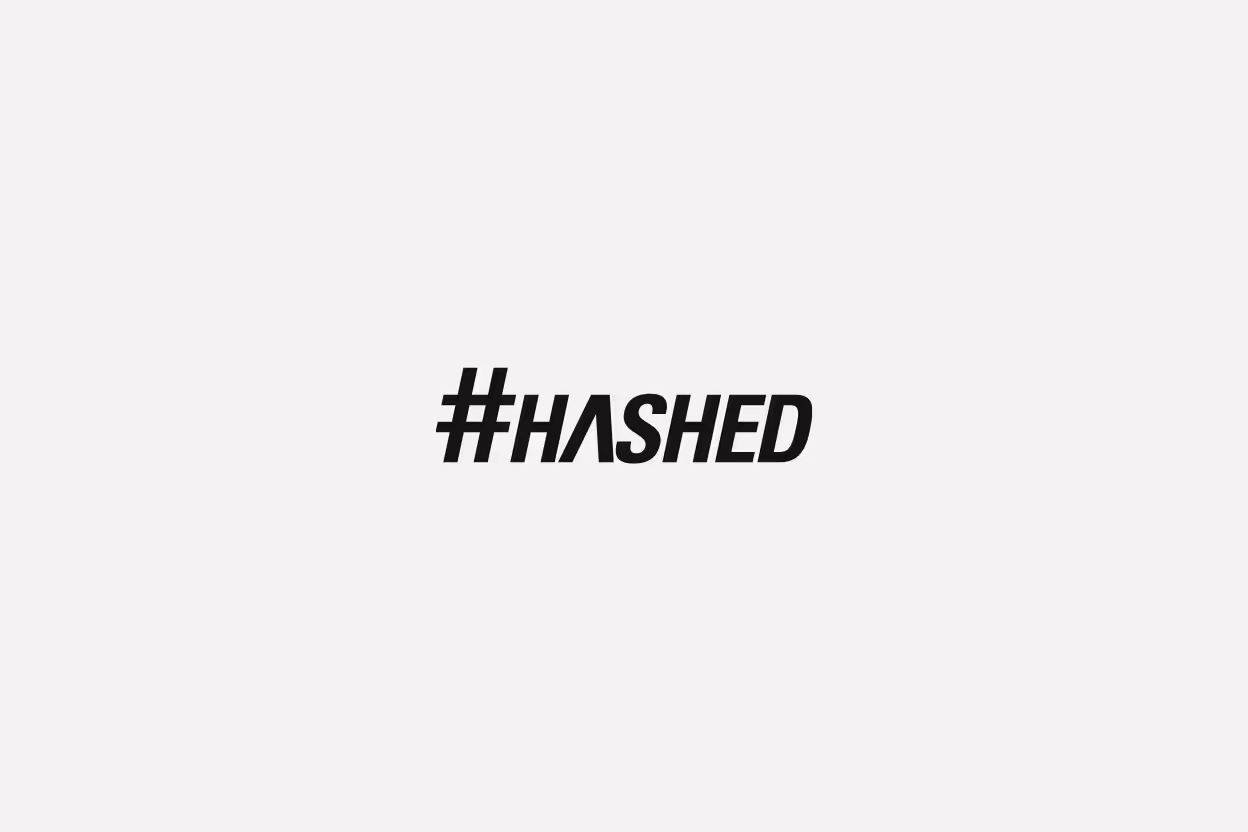Betrayal can shake a DAO to its core. Trust, once broken, ripples through every member and every decision. For founders and investors, it raises questions: Can the community recover? How do leaders start to rebuild? And what happens to a project when trust is on the line?
Restoring faith isn't just important for survival. It's the foundation for future collaboration, growth, and new contributors. This post lays out practical steps DAOs have used to regain trust, re-engage users, and prove long-term value after a setback. You'll see that a second life is possible—and worth fighting for.
Understanding DAO Betrayal: Causes and Impact
Betrayal in a Decentralized Autonomous Organization (DAO) goes beyond a broken promise. It strikes at the core of trust that holds its community together. To understand how a DAO can rebuild after such a crisis, we first need to explore what leads to betrayal and how it reshapes the project’s future.
Causes of DAO Betrayal
DAO betrayal happens when actions conflict with the shared goals or values of its members. While every case has its unique story, several common causes often lead to this fracture:
- Misaligned incentives: When individual interests outweigh the collective good, members or leaders might make decisions that benefit themselves, not the DAO.
- Lack of transparency: Without clear communication and open processes, suspicion and doubt grow, setting the stage for mistrust.
- Power concentration: Though DAOs intend to be decentralized, sometimes power gathers in the hands of a few. This can create opportunities for manipulation or exclusion.
- Security vulnerabilities: Exploits of smart contract flaws or governance loopholes contribute to situations where betrayal becomes possible.
- Poor conflict resolution mechanisms: If disputes escalate without constructive channels for dialogue, grievances may escalate into full-blown betrayal.
Understanding these causes helps answer the question, What went wrong? It is often a combination rather than a single factor that triggers the breakdown.
Impact of Betrayal on a DAO
The consequences of betrayal ripple far beyond immediate losses. They shake the foundation on which a DAO is built—community trust—and this damage can slow or even stall a project’s progress.
- Erosion of member trust: Losing faith in leadership or fellow members causes disengagement and voting apathy.
- Reduced participation: Members may withdraw their support or hesitate before contributing further, resulting in stalled proposals and less active governance.
- Financial fallout: Token prices can plummet. Investors might pull back, afraid of deeper issues.
- Reputation harm: Word spreads quickly in crypto communities. Future partners or contributors could treat the DAO as high-risk or unstable.
- Internal division: Factions might form, splitting the community and making consensus difficult.
The damage often manifests like aftershocks, emerging over time rather than immediately.
By understanding the root causes and effects of betrayal, DAO leaders and members can start focusing on how to recover stronger. Rebuilding isn’t simple, but the first step is recognizing what broke down and how it shaped the current crisis. This clarity powers meaningful actions moving forward.
Initial Response: Steps to Stabilize a Shaken DAO
When a DAO faces betrayal, the immediate aftermath can feel like standing on a cracked ice sheet. The structure is unstable, and any wrong move might deepen the fracture. The initial response is critical—not just to stop the damage, but to lay a clear path toward rebuilding. Taking decisive and transparent actions helps the community regain footing, reestablish trust, and shift focus from past wounds to future possibilities.
Leaders and members must act quickly yet thoughtfully. Here are the key steps to stabilize a DAO after betrayal—each designed to calm uncertainty and start mending what’s broken.
Acknowledge the Issue Transparently
Ignoring or downplaying the betrayal only deepens distrust. Start by openly acknowledging what happened, without deflection or jargon. Transparent communication shows respect for the community’s intelligence and emotions. Clear updates about the breach, its causes, and immediate consequences answer the most urgent unspoken question—What now?
A public statement or a dedicated community call can serve as a forum for members to express concerns and stay informed. This openness starts to close the gap where rumors and doubt often grow.
Freeze Risky Activities Immediately
To prevent further losses or manipulation, halt any ongoing governance proposals, transfers, or token movements related to the crisis. Consider pausing key smart contract functions where possible to secure funds and assets.
This pause acts like applying a pressure bandage; it buys time for assessment without shutting down all operations. Members will appreciate prompt action to protect their interests.
Assemble a Crisis Response Team
A small, trusted group with clear authority should manage the response. This team evaluates the breach, works on solutions, and communicates progress consistently. Including diverse voices—technical experts, community representatives, and governance leaders—helps balance perspectives and decision-making.
Think of this team as firefighters arriving at the scene: they coordinate rescue efforts, decide which areas require urgent attention, and keep everyone else updated.
Conduct a Root Cause Analysis
Understanding how the betrayal happened is essential. Examine all angles: Was it a smart contract exploit? Governance manipulation? A failure in communication? Document findings rigorously.
This analysis not only informs fixes but demonstrates accountability. The community needs confidence that the DAO understands the problem deeply and won’t repeat it.
Engage Members Actively in Recovery
Invite members back into the conversation. Host open forums, surveys, or working groups to gather input on next steps. Active participation reduces feelings of helplessness and rebuilds commitment.
When members shape the response, the DAO strengthens its collective ownership. This engagement acts as oil smoothing the friction caused by betrayal.
Prioritize Quick but Thoughtful Fixes
Implement necessary technical or governance changes swiftly to close vulnerabilities or improve transparency. Avoid rushing to patch fixes without proper review; poorly implemented solutions can create new problems.
Focus on changes that provide visible safety and fairness improvements to rebuild trust incrementally.
Communicate Regular Progress Updates
Set a schedule for regular updates even if some details are still pending. Consistency reassures the community that issues remain top priority. Silence or irregular communication only rekindles anxiety.
Updates can cover what’s been fixed, what’s under review, and forthcoming steps. Transparency remains a key theme.
These initial steps form the foundation of a DAO’s recovery. They act as steadying hands after a fall. While challenging, these moments also open opportunities to improve governance, security, and community strength for the long haul. The way a DAO responds initially shapes its chances of turning crisis into a new beginning.
Rebuilding Trust: Governance Upgrades and Community Involvement
Recovering from betrayal isn’t just about fixing the past; it’s about building a foundation where trust can grow again. Two essential pillars in this process are upgrading governance systems to prevent future issues and actively involving the community to heal relationships. When a DAO strengthens security and opens channels for honest dialogue, it signals commitment to fairness and accountability.
Enhancing Security Protocols Post-Betrayal
After a breach or internal abuse, the first step is to tighten the DAO’s defenses. This process goes beyond patching holes—it’s about creating a system that discourages abuse and builds confidence in the governance structure.
Key security upgrades include:
- Third-party audits: Independent security firms can spot vulnerabilities that internal teams might miss. Having regular audits increases transparency and shows the community you take their safety seriously.
- Improved smart contract checks: Rewriting or upgrading smart contracts with bug fixes and enhanced logic prevents exploits. Implementing formal verification or using tested frameworks reduces the risk of hidden flaws.
- Stronger access controls: Limiting who can execute sensitive actions—like transferring funds or updating contracts—helps prevent misuse. Multi-signature wallets and role-based permissions add layers of protection.
- Automated monitoring: Real-time alerts for unusual activity or attempts to bypass controls ensure swift reaction to potential threats.
- Clear upgrade processes: Transparent, on-chain governance proposals define how future upgrades happen, involving community votes to reduce risks of centralized power grabs.
Treat security upgrades as a commitment, not a one-time fix. This approach lessens worry about repeated betrayal and creates a safer environment for participation.
Facilitating Open Dialogue and Member Support
Trust also heals through conversation. When members feel heard and understood, the community can move forward together. Simply locking down your DAO without engaging members risks causing alienation and silencing valuable voices.
Effective tactics for restoring open dialogue include:
- Open forums and discussion channels: Regularly scheduled spaces for members to share concerns, ideas, or questions provide transparency and reduce misinformation.
- Ask Me Anything (AMA) sessions: Leadership hosting live Q&A events can break down walls, answer tough questions, and show accountability in real time.
- Feedback surveys: Anonymous or open surveys let members express their feelings honestly. Gathering and acting on feedback makes members feel valued.
- Listening to concerns genuinely: When members see their input cause change, it rebuilds faith in governance.
- Support groups or working committees: Smaller groups focused on specific recovery tasks foster teamwork and give members a direct role in rebuilding.
Such engagement is more than a courtesy; it’s a necessity. Rebuilding a fractured community requires active listening and opportunities for members to reestablish their stake in the DAO’s future.
Through careful governance upgrades combined with sincere community involvement, a DAO signals its readiness not just to survive but to grow stronger. This second chance can redefine what it means to be decentralized and resilient.
A DAO's Second Chance: Turning Setbacks Into Progress
When a DAO faces a setback, especially one rooted in betrayal, it might feel like the whole structure is on the brink of collapse. But setbacks don't have to be the end. Instead, they can become the foundation for a stronger, healthier organization. How can a DAO transform its failures into stepping stones? The answer lies in embracing the challenge with honest reflection, strategic changes, and renewed community commitment.
Learning From Mistakes Without Blame
The first step is taking a clear look at what went wrong, without pointing fingers or creating division. Every DAO misstep carries lessons. When leaders and members admit mistakes openly, it removes stigma and encourages shared responsibility.
- Rather than asking Who caused this?, focus on What allowed this to happen?
- Document incidents thoroughly; clarity empowers precise fixes.
- Use the setback as a mirror to reveal blind spots in governance or security.
This approach builds a culture where setbacks become learning moments, not scars that fester.
Reinventing Governance Structures
Setbacks often expose gaps in the decision-making processes. Rebuilding requires assessing current governance frameworks and upgrading them to prevent repeat failures.
Consider these areas:
- Decentralize influence more effectively: Ensure no single party can wield excessive power.
- Clarify voting processes: Introduce measures like quadratic voting or conviction voting to better represent collective views.
- Install fail-safes: Incorporate emergency brakes or veto options for controversial proposals.
- Simplify and document rules: Confusing governance invites mistakes and manipulation.
Upgrading governance structures signals a commitment to fairness and protects the DAO from previous pitfalls.
Reconnecting and Empowering the Community
Trust is the lifeblood of any DAO. After betrayal, members may feel distant, cautious, or disillusioned. This gap won't close on its own. Involving members actively in recovery accelerates healing and renews commitment.
Ways to rebuild community bonds include:
- Hosting frequent open forums for updates and honest dialogue.
- Creating working groups focused on improvement initiatives.
- Prioritizing member feedback and demonstrating its impact clearly.
- Highlighting member achievements to strengthen pride and ownership.
When people feel their voice matters and actions align with shared values, engagement and trust return.
Embracing Transparency as Default
Transparency transforms suspicion into confidence. Moving forward, the DAO must make openness the default, sharing not just successes but challenges and decision rationales.
This involves:
- Publishing detailed meeting notes and decisions promptly.
- Providing clear reports on treasury and token movements.
- Exposing governance proposals and debates openly.
- Welcoming audits and third-party reviews as regular practice.
Transparency might seem uncomfortable at first, but it builds a durable foundation for collaboration.
Defining Success Post-Setback
Finally, a DAO needs clear, measurable goals to track its recovery. What does progress look like? Maybe increased voting participation, stable or growing token value, or improved smart contract security.
Tracking milestones helps the community focus beyond past failures and celebrates new achievements. This reinforces momentum and builds resilience over time.
Turning setbacks into progress is possible. It demands courage to face truths, make changes, and pull the community closer. For those willing to invest effort and honesty, a second chance creates a DAO stronger than before.
Conclusion
Recovering from betrayal in a DAO is a complex but achievable process. It requires clear acknowledgment, quick action to secure assets, and deliberate governance improvements to prevent future failures. Central to this effort is rebuilding trust through transparent communication and active community involvement.
DAO founders and leaders should view a breach not only as a crisis but as a chance to strengthen their structures and renew collective purpose. Staying vigilant with security, encouraging open dialogue, and defining measurable recovery goals supports lasting progress.
A DAO’s second life depends on its commitment to fairness, accountability, and the shared values of its members. By focusing on these priorities, a project can emerge stronger, more trusted, and ready for future growth.









